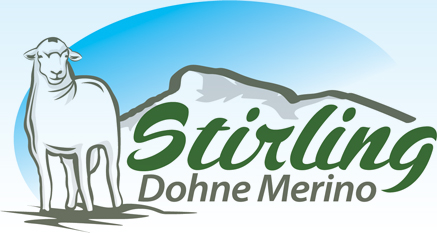DIETARY FIBRE – My personal decision to breed Dohnes was driven by the conversion of dry summer feed, excess to the spring flush into a usable product. Dohnes and Dorpers seem to be the only developed breeds that do this with ease.
NON-DECIDUOUS – A visiting cattleman observed that l didn’t use electric fences yet my cattle appeared to do little fence damage. He then quickly noted “ah they are rubbing on the redgums”.
Most sheep and cattle are deciduous which irritates and causes them to rub on what ever is available-the fences, if there is nothing else. Crossbred sheep are very irritable but Dorpers are notorious and require waterproof fencing.
Both Merinos and Dohnes are designed to be non-deciduous in order that their wool may be harvested and subsequently produce few fence problems. The Dohne’s South African inherited ability to high jump is both a flocking and a joining trait.
MEDICAL WOOL – Education spending as a % of GDP from 1980 to 2012 fell from 5.7% to 5.1% whilst health over the same period rose from 6.3%to9.7%. Health is the new economy.
lt has recently been discovered that once the prickle factor is taken out of wool the product actually assists in the control of eczema, an endemic and increasingly more common disease throughout the Australian community. Having had it for 40 years ,l found 2 factors, stress and sudden skin temperature and humidity fluctuations to be central to its occurrence. Wool is a hollow natural fibre with seemingly good ability to control these latter 2 problems.
At the 2012 Dohne A.G.M. l asked for discussion to implement recalibration of the comfort factor parameter from 30 down to 26 microns where the prickle factor is eliminated. The Dohne comfort factor is superior to Merinos of similar micron and medical wool could become our main lifeline and point of difference against all breeds and particularly meat breeds. Shearing dates, management and marketing will become imperative.
ACCLIMATIZATION – Due to their inheritance from the pig and poultry industries with climate and ration control the A.S.B.V. system reflects feed and climate linkage inaccuracies in natural grazing zones. A substantial solution would be to feed all progeny back through the system but 98% of all rams go to abattoirs or commercial producers.
The 2015 trait results for Stirling Dohne ( graphed click here ) indicate a massive increase of at least 20 percentile points in 3 E.B.V. measurements, Yemd, NLW & index with the introduction of the very high quality Uardry purchases during the 2 prior years. The largest shift of 22 percentile points occurred in NLW which has been notorious for environmental interference.
The 2014 joining included 3 remaining ewes from the 2006 drop. ST060090 produced twin females with an index average in the top 5 percentile on-property.ST060078 produced twins including the top retained ram. ST060015 produced a single being the third top on-property priced ram. Results that were considerably and consistently better than the very high quality imported Uardry sheep.
THE SIMPLIFIED ANSWER TO CLIMATE IS TO THINK GLOBAL BUT ALWAYS BUY LOCAL.
